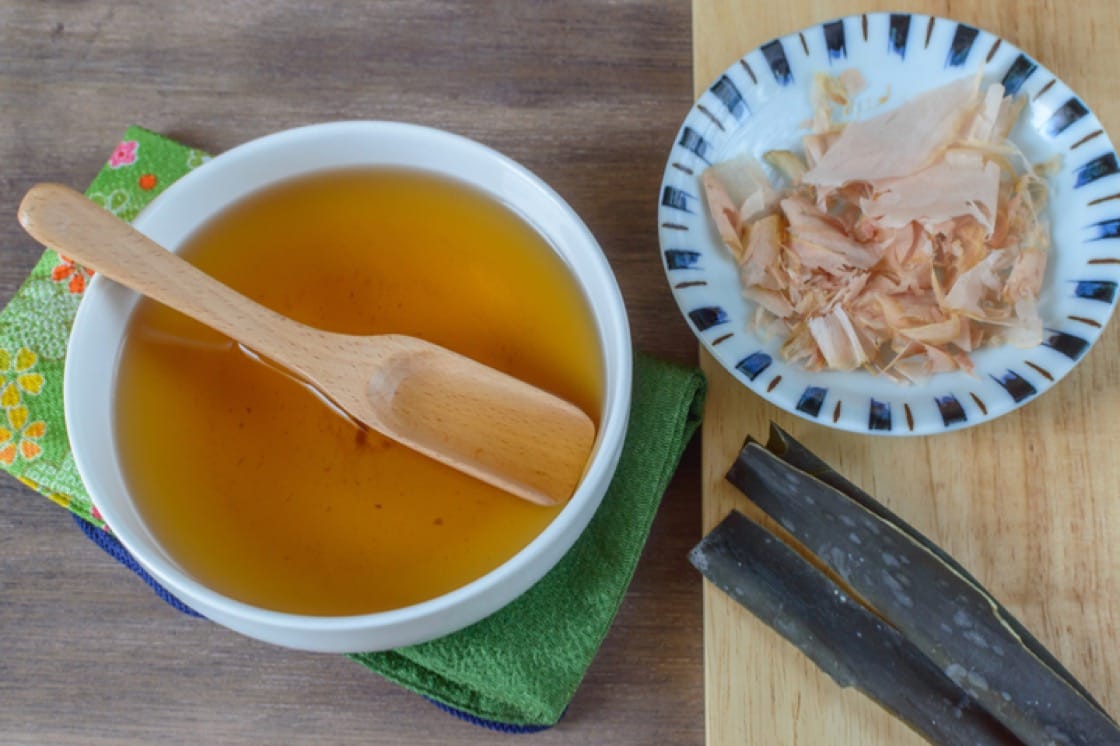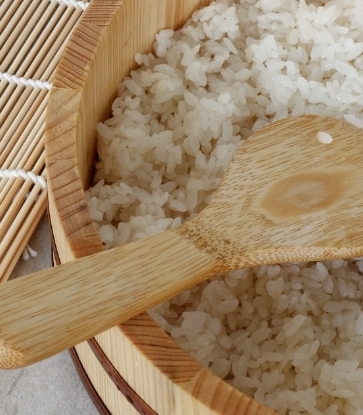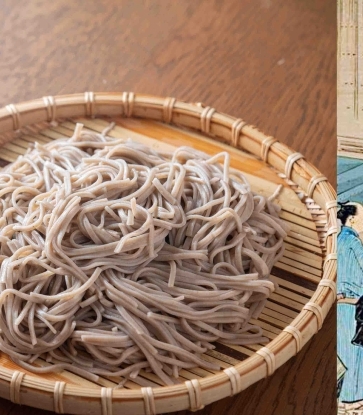Stocks are the base building blocks in the culinary world and they are the secret to deep, richly-flavoured sauces, soups and subsequently every other dish. In this series, we get celebrated chefs from different cuisines to share their recipes and tips for making great stock that you cook and keep in batches to give your home-cooking a major boost.
Made from just two ingredients and a pot of water, dashi is a deceptively simple stock that is the foundation of Japanese cuisine. Unlike French stocks which involve roasting of bones or meat and boiling for hours with aromatics and are laborious to prepare, making a dashi might only take you ten minutes.

Japanese chefs take pride in their dashi and make a fresh batch daily, but you can keep your homemade dashi refrigerated for up to a week or frozen up to three months.

2 litres water
120-150g Katsuobushi (Shaved bonito flakes)
80-100g Konbu (Kelp)
1. Soak the kelp in water overnight.
2. The next morning, bring the kelp and water to boil and remove the kelp as the water starts to bubble. Do not boil it for too long or the dashi can turn slimy and bitter. The softened kelp can be cut up and reserved for miso soup.
3. Next, add the bonito flakes into the water and continue boiling for 5-10 minutes.
4. Strain the liquid and use the dashi in your cooking.














